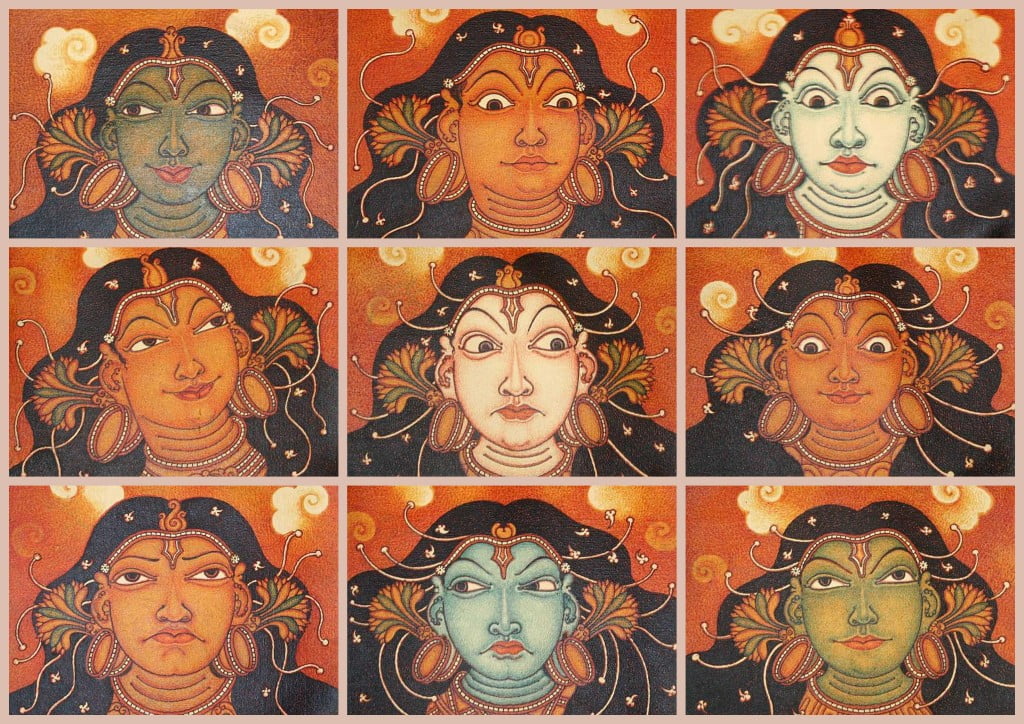 The School of Liberal Arts and Social Sciences is glad to announce that Dr Saurabh Todariya has published his paper titled “Aesthetic Delight and Beauty: A Comparison of Kant’s Aesthetics and Abhinavagupta’s Theory of Rasa” in the Journal of Dharma Studies published by Springer Nature. It is published in collaboration with Consciousness Studies Program, National Institute of Advanced Studies (IISc Campus), Bangalore.
The School of Liberal Arts and Social Sciences is glad to announce that Dr Saurabh Todariya has published his paper titled “Aesthetic Delight and Beauty: A Comparison of Kant’s Aesthetics and Abhinavagupta’s Theory of Rasa” in the Journal of Dharma Studies published by Springer Nature. It is published in collaboration with Consciousness Studies Program, National Institute of Advanced Studies (IISc Campus), Bangalore.
Anything that is pleasurable to perceive is defined as beautiful. However, the notion of beauty takes different interpretations with respect to the lens it is viewed through. It is either rooted in one’s personal feelings or by virtue of something universal residing in the object. Through his paper, Dr Todariya seeks to explore this question by comparing the Philosophy of German Philosopher, Kant and the great Indian Philosopher of the 9th Century, Abhinavagupta. He proposes that appreciation of beauty is only possible when the personal and egoistic involvement is suspended with respect to the beautiful object.
The research is significant in the domain of cross-cultural philosophy and looks into aesthetics from a philosophical point of view, relatively an underexplored area in Indian Academia. Dr Todariya also aims to work on comparative aesthetics, especially on the notion of Hermeneutics and Art in Indian and Western Aesthetics in the future.
Abstract of the Research
The study aims to address the existing research gap through a thematic comparison between the aesthetics of Kant and Abhinavagupta. This paper explores Kant’s notion of aesthetic judgment based on disinterestedness with Abhinavagupta’s analysis of sādhāraṇīkaraṇa. We argue that the notions of “disinterested judgment” in Kant and sādhāraṇīkaraṇa in Abhinavagupta point towards the impersonal nature of aesthetic delight which makes the universality of aesthetic experience possible. Hence, aesthetics in both Kant and Abhinavagupta are not the personal and subjective experience, but a kind of universality based on the ability to experience impersonal joy. However, the notion of aesthetic delight in Kant is confined to the agreeable mental states only, while in Abhinavgupta the notion of rasa includes both positive as well as the negative mental states like fear, disgust, etc. In this regard, the paper will also analyse the affinity between the notion of sensus communius in Kant and sahṛdaya in Abhinavagupta which highlights the importance of aesthetic community and the impersonal nature of aesthetic delight.

